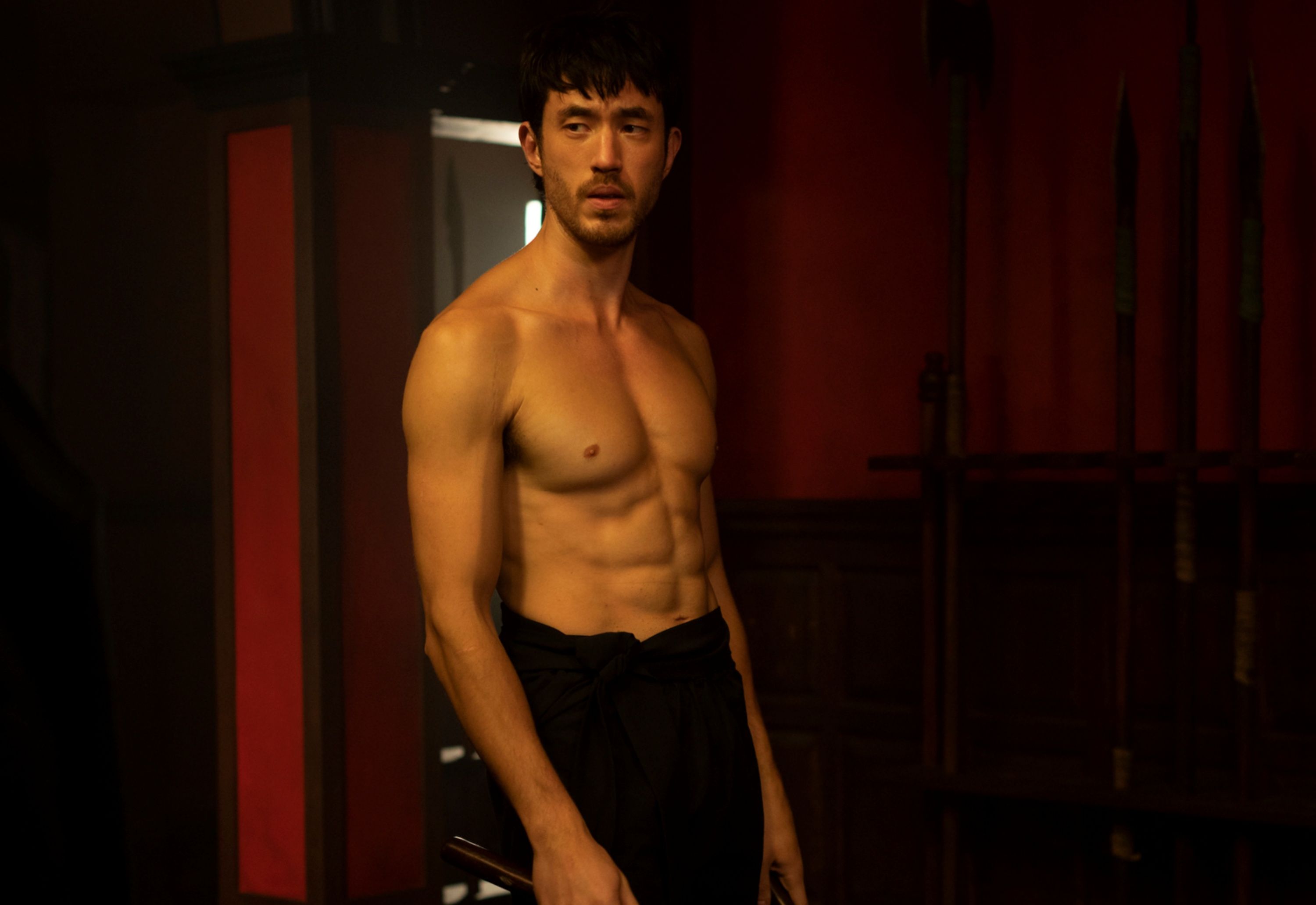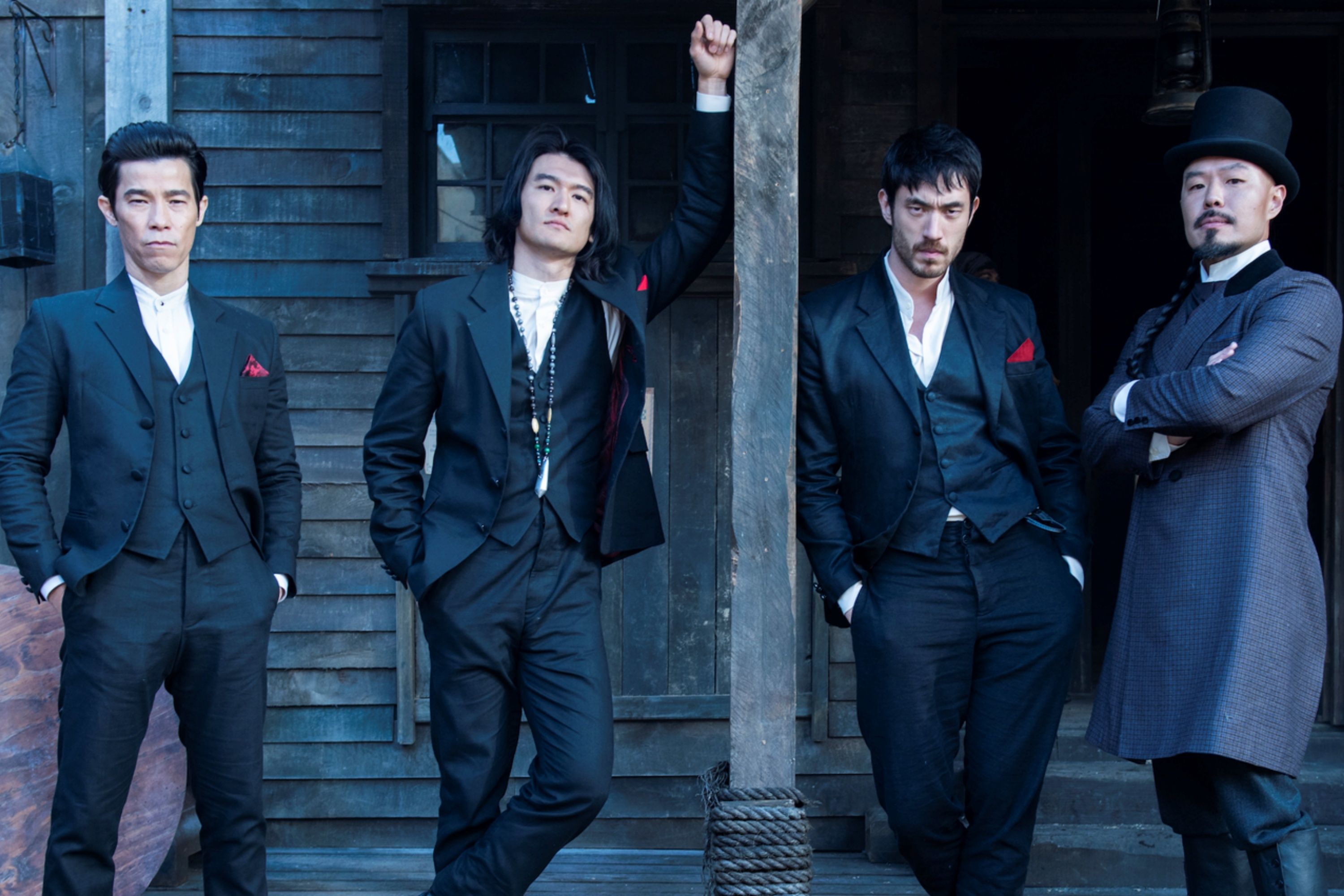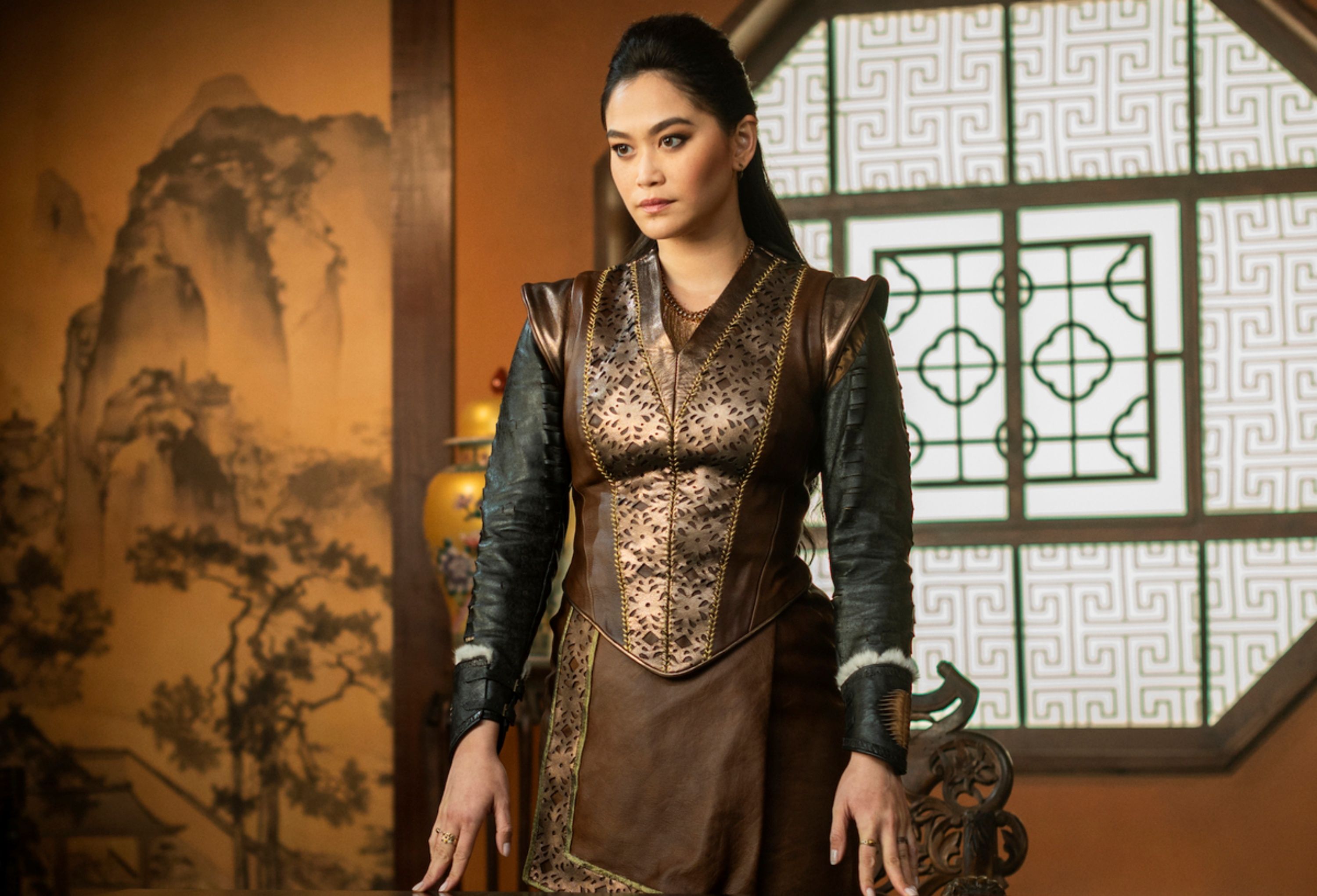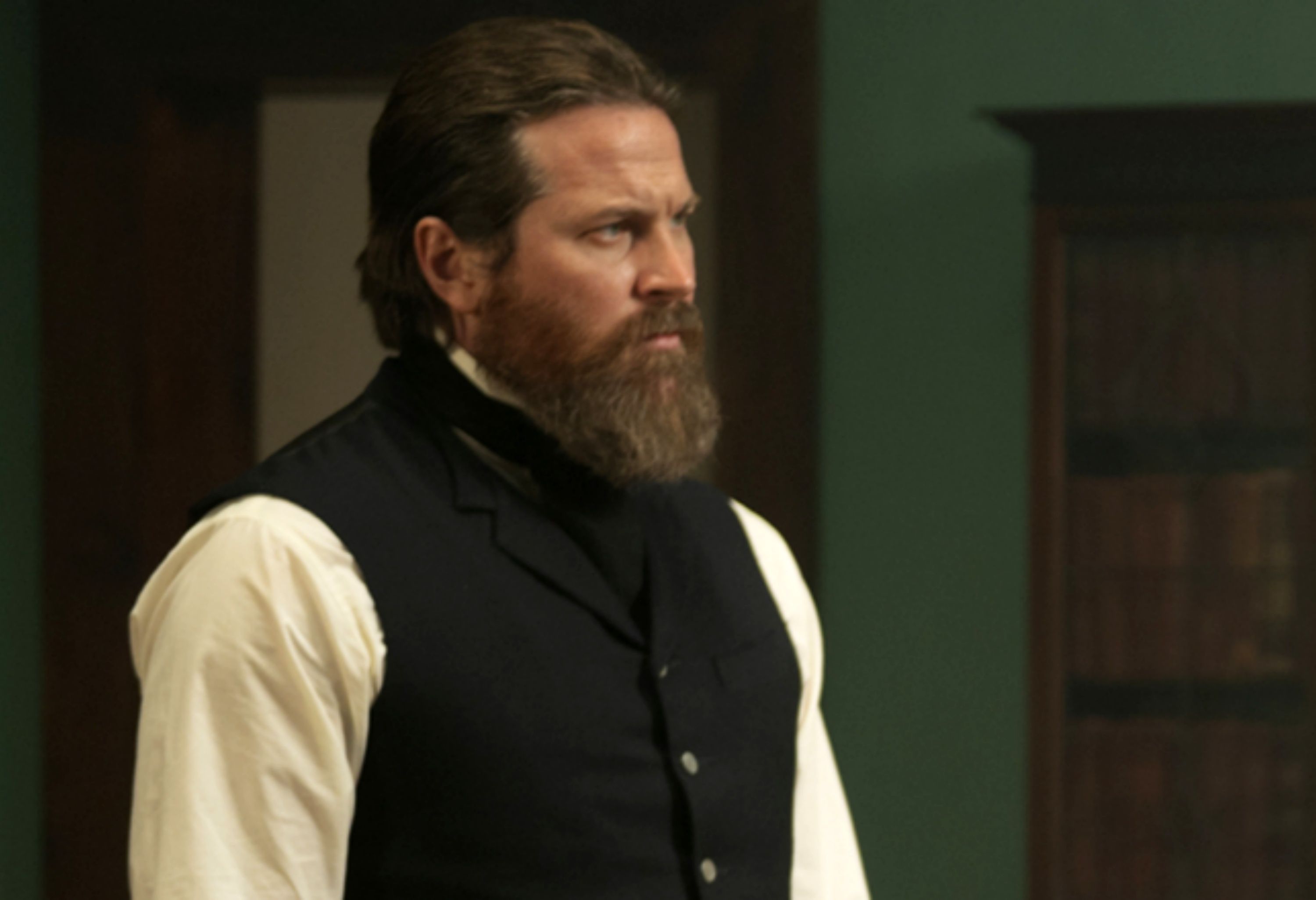The Big Picture
- Show creators Jonathan Tropper and Shannon Lee discuss the challenges and changes in bringing Season 3 of Warrior to life on Max.
- The show captures Bruce Lee’s legacy and essence while balancing action and emotional storytelling.
- The portrayal of strong and complex female characters, like Mai Ling, is a highlight of the series. The hope for more seasons is expressed by the creators.
In Season 3 of the Max series Warrior, based on the writings of martial arts legend Bruce Lee, Mai Ling (Dianne Doan) is attempting to consolidate power in her favor, but with change comes new enemies and allies are more important than ever. With Ah Sahm (Andrew Koji) juggling Tong politics with continuing to find his place in the Hop Wei and navigating the fact that Mai Ling is his sister, everything that’s simmering feels like it’s moving towards a boiling point with deadly consequences.
During this interview with Collider, show creator/executive producer Jonathan Tropper and executive producer Shannon Lee talked about getting the show going again with its move to Max, capturing the legacy and essence of Bruce Lee, telling a story that balances awesome action with emotional heart, that Mai Ling is Warrior’s Michael Corleone, the Young Jun (Jason Tobin)/Father Jun (Perry Yung) dynamic, figuring out where to end a season, and their hope for more seasons.
Collider: Because there was a minute there, where it seemed like this season was not going to happen, once you did get the green light for the third season, did anything change from your original plan? Did everything change? How different is the shape of what we see now from what you thought it might be?
JONATHAN TROPPER We’re all a bit older than we planned to be when we did Season 3. I think the same intention and love went into it, and the enthusiasm to continue the story where we left it. If I remember back to what we were thinking, when we finished Season 2, that probably changed over time. We went through a national pandemic. Things happened. We all worked on other shows. But the general beauty of the show that is the mission statement is so clear. It’s really easy to step back into it because you know what the guardrails are and what the agenda is and who your characters are, so we just jumped right in.
Shannon, in what ways has this show turned out exactly how you hoped it would and how has it most surprised you?
SHANNON LEE: I think the most surprising thing is that it did turn out and capture exactly what I hoped it would, while at the same time, I could never have imagined the show as it is. I think that speaks volumes to all the creatives that help to shape the show because it really captures my father’s essence, his legacy, and his energy. It entertains, very much so, in the way that my father entertained. And yet, it’s this amazing, expansive world with all of these complex characters and factions and conflicts, that I just don’t think I could have ever thought of or created. I’m so grateful to Jonathan and Justin [Lin] and Evan [Endicott] and Josh [Stoddard], and all the writers, and everyone who has come together to make it what it is.
Is there anything that you are happiest about, as far as what this show has been able to do in three seasons?
LEE: Because we started creating this show before Trump was president, before the pandemic, and before all of that, we didn’t plan that our show would be resonant with the current times, but of course, that is exactly what happened. And interestingly, I’ve had many people come to me and say that, especially during the rise in Asian hate, they found the show to be so comforting and empowering and a source of hope, to see these Asian characters represented, all so strongly realized, all so complex, and fighting back against the systems that they are oppressed under. The show is awesome entertainment with awesome action and fans love it, but there’s a heart to it that is really speaking to people across all of humanity, in terms of what it represents in culture and how it’s reflecting current times.
I love the action and fight sequences on this show, and how different and well-thought-out they all are. But one of the biggest reasons that I watch and love the show is that it has some of the best and most interesting female characters that I’ve ever seen on anything. What did you want to do, as far as building those characters this season?
LEE: I’ll let Jonathan answer that from the writing standpoint, but I just have to say that, from the first season all the way through, it’s been very important to me that the female characters are strong. Even though they are in these oppressive circumstances where they probably wouldn’t have gotten to express themselves quite in the way that they do in the show, I wanted to make sure that they always were not the simpering damsels in distress, that they had full lives and full complexity, and that they were just as strong as the other characters in the show, and in some ways, more so. I’ll let Jonathan speak to Season 3 and what he was hoping to do, and that I think he did very successfully in the creation of those characters, but from my point of view, I just have always wanted to make sure that was the case with our female characters.
TROPPER: We started out with that mandate. There’s so much anachronism on the show. The show is not specifically historically accurate, in every way. If we can have gangsters wearing Western dusters and Armani suits, then we can have women be in more powerful positions than that time period would have allowed them to be. The goal was to create centers of power around all the female leads. We have one who’s a Tong leader. We have one who runs a brothel, but who essentially is also a freedom fighter and an assassin. With Penny Blake, in the first two seasons, we had a woman take over her father’s business and run it in a way he couldn’t. The whole concept of the show, in general, is to not get caught up in any tropes. We subvert all the tropes of Asian representation and of martial arts films. Another thing that was important to do was to make every character – male, female, Asian, Caucasian, African American, or whatever the character – a fully fleshed out and three-dimensional character with agency. That’s what we do, across the board. If someone doesn’t feel that way, there are a lot of spots along the way where someone will call us out on it and we’ll fix it. It’s very exciting watching a show with this many characters, all of whom could be the star of their own show.
Mai Ling is a powerful woman who’s a threat to men and women, and she’s under attack the whole season. How does someone like that even continue to survive in this world?
TROPPER: She’s our Michael Corleone. She is both raised and decimated by her own ambition. The beauty of a character like that is that you can have rises and falls within episodes, within seasons, and across a large arc. With her, the challenge for us in the writers’ room is always to figure out, “What does she want, and what is the ballsiest, most aggressive way to go about it, because that’s what she will do.” She’s fearless, and when you’re fearless, a lot of the time it will work out for you when it shouldn’t, and once in a while, it won’t work out for you. I find her so compelling to watch, and Dianne [Doan]’s portrayal of her is so great. There’s this raw ambition that she can’t seem to quell, and at the same time, there’s so much sympathy for her because you know where she’s come from and you know what she’s trying to do. There’s a reason she’s on the posters. She’s one of the most compelling characters on the show.
The storyline with Young Jun and Father Jun is so compelling. What led to that storyline, with the decline in mental capacity that his father is experiencing? What made that something you wanted to explore in the show?
TROPPER: We wanted Perry [Yung] back. We could have done the show without bringing him back, but they spent Season 2 at each other’s throats and it just would have felt like a repeat, if he came back and tried to grab control of the Tong again. We also felt like Young Jun’s arc this season is a pretty harsh arc, when it comes to the Tong, so we needed to cut through to where he’s vulnerable and where he’s human. It’s watching this father, who’s been the only home he’s known since he was born, deteriorate. That humanizes Young Jun in a season where otherwise he might have just felt a little aggressive and angry. You forget that he’s also got a little boy inside of him.
There’s such a great balance between fantastic action sequences and emotional gut punches.
TROPPER: That goes back to the Bruce Lee methodology. The swagger of Bruce Lee and the fund gives us license to do these outrageous fight sequences, and at the same time, make these tonal swerves into real humanity and compassion.
How do you figure out where to leave a season?
TROPPER: I usually go into the writers’ room, already knowing what the final 10 minutes will be. It’s getting us there, and sometimes in getting there that changes, but going in, I always knew in my head where I wanted to leave Ah Sahm, Mai Ling, Chao, Bill, and Ah Toy. I had visual ideas of what it would look like and what it would feel like, without necessarily knowing the story that got us there.
Clearly, this story is not done. These characters are so vibrant and so alive. Now that you’re back, are you hoping for more?
LEE: We definitely are hoping for more. We definitely would love to keep going. There are many, many more stories left to tell, so our fingers are crossed that we will get to do that.
Warrior is available to stream at Max.
Source link





